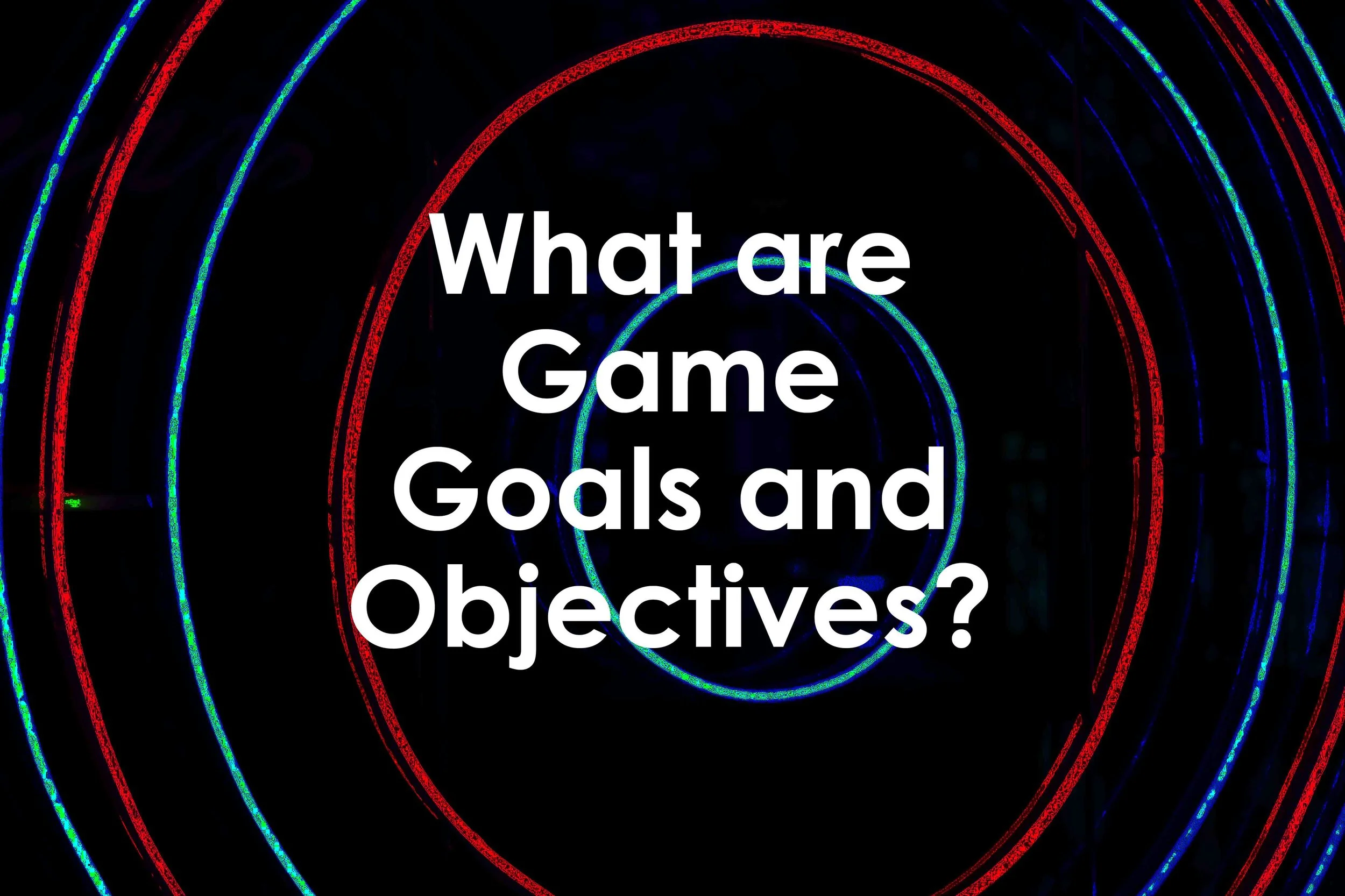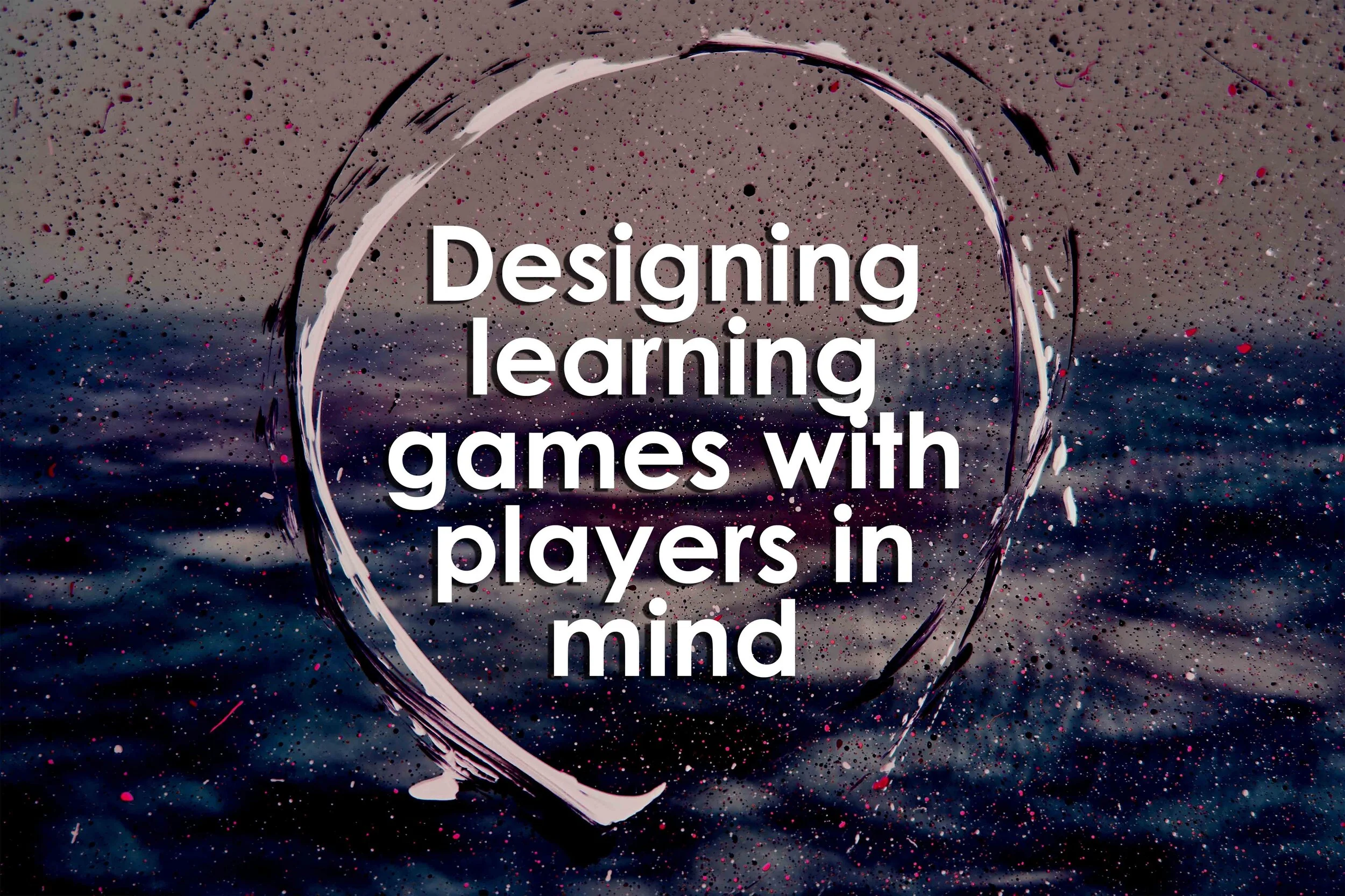This article will examine how that can be achieved though diligent focus and purposeful design. It’ll first cover the structure and use of learning objectives and outcomes for instructional design and learning experiences. These will then be compared to games-based learning and the use of games as the medium for learning.
Read MoreWhat makes the “ideal” board games player? Some say that it takes someone who fully understands the rules. Others would say that it’s more about those who pay attention to the game rather than be subjected to distractions. Some feel that it’s tactical play and strategic thinking that makes the ideal tabletop player.
Read MoreThis article will also cover how game goals work in concert with player agency and how designers can take advantage of player skill development while simultaneously mitigating luck and randomness. The player experience represents the defining factor for players engaging with games for learning; so, player feedback loops as well as how failure is addressed will also be considered.
Read MoreThis article outlines and describes the flow state in the player experience. It’ll also explain the most important and influential reasons for designing for flow. Flow state is comprised of a balance of goals and feedback and how both are reflected and influenced by perceptual control. So, this article will examine how these disparate elements work together to help players engage in that state.
Read MoreThis article will address how to design games with players in mind. There are multiple things to take into consideration when designing games. They include player diversity; learning styles; and player motivations.
Read More




